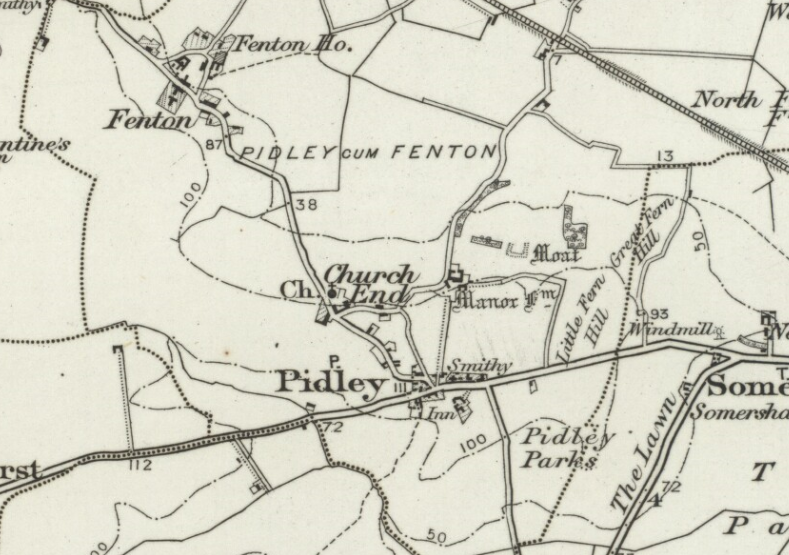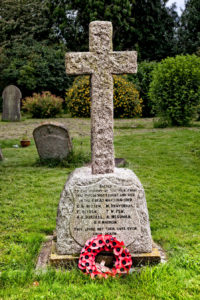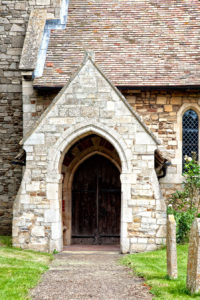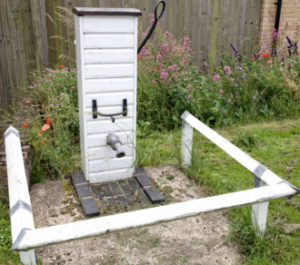A potted history of Pidley (courtesy of the Church records)
Pidley-cum-Fenton had its earliest mention in 1225, in a privilege granted by a Bishop Geoffrey to a Master Argentain; it was referred to as 100 acres in the Manor of Somersham at ‘Strode’, almost certainly the area above Fen Road, now known as Stroud Hill. Recent evidence found in a 2016 archaeological dig of a moated homestead, above today’s Manor golf course, included a silver coin dating back to this period.
The church register of baptisms dates from 1558 however there has been a church in Pidley for over 800 years. The medieval parish church of All Saints stood on the site of the present church between at least the 12th century until it was pulled down in 1863. The Victorian replacement was constructed between 1864-5 using much of the original stone for the facing and has a west tower with spire. The main features surviving from the original church are the East window frame behind the altar (however the stained glass is modern), the 14th-century windows in the vestry and a circular sundial in the north wall. The three bells were made by Christopher Gray in 1675.
The present church of ‘All Saints’ (as shown above) cost £1,100 raised by contributions. It was built to seat 250 people because the old church was not big enough for all the parishioners. The populations then was 520, some 200 more than the present day. The physical size of the village was, however, little different from the present 110 households; though the extensive manor house and windmill has unfortunately been lost.

In 1855 the village was a thriving self contained community boasting such trades as a wheelwright, bootmaker, butcher, brickmaker, blacksmith, baker; there were two beer retailers and five public houses: the Three Horseshoes, the Royal Oak, the Butchers Arms, the Red Lion as well as the existing Mad Cat. The chief crops were wheat, barley and beans.



